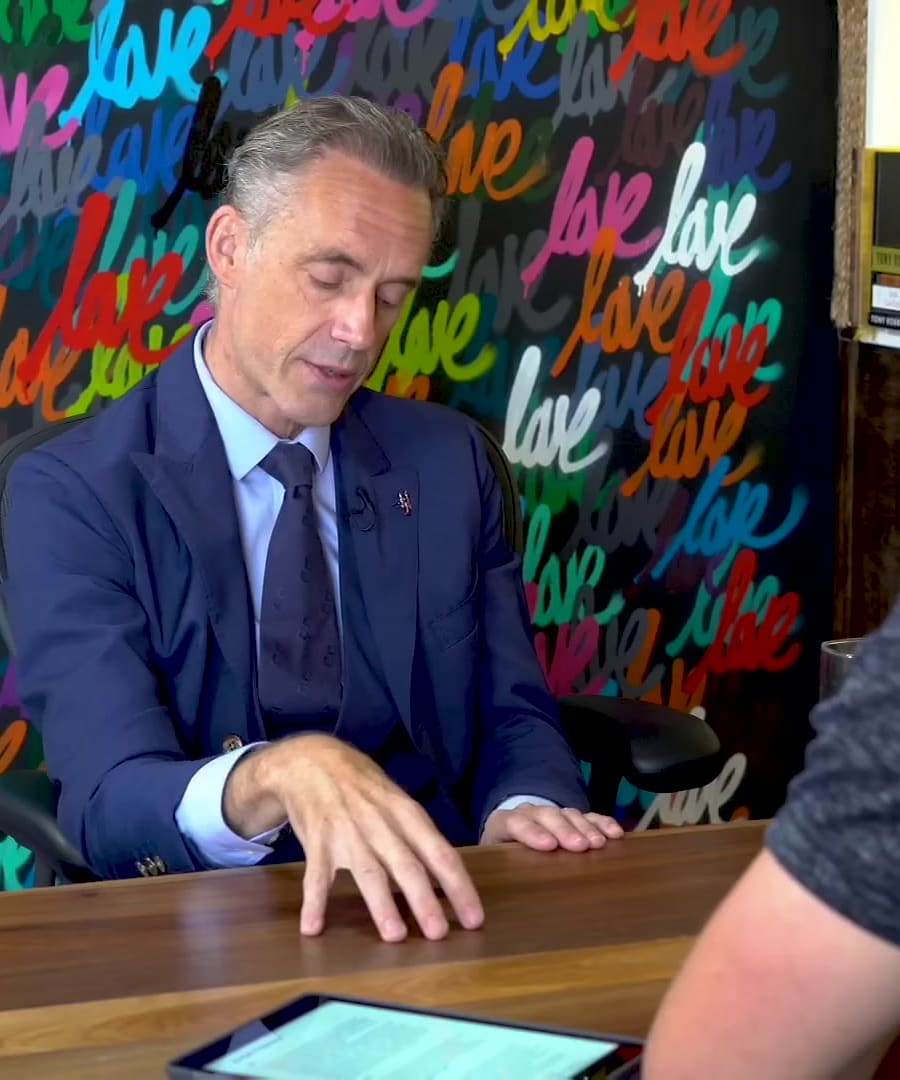Facing Weaknesses
Sources:
Facing and addressing weaknesses is a recurring theme among many experts:
-
Personal Priorities:
- acknowledges his difficulty in prioritizing personal relationships over work. He notes that while work has immediate urgency, personal relationships, though equally important, often take a backseat. Bartlett also admits to being self-centered in relationships, which complicates romantic connections and requires him to learn to compromise more 1.
-
Recognizing and Rectifying Inadequacies:
-
Turning Weakness into Strength:
- Tim Grover advises transforming weaknesses into strengths by acknowledging them and finding ways to improve or leveraging others' strengths. He highlights the importance of accepting feedback about weaknesses without becoming defensive and continually working on both strengths and weaknesses 4.
-
Dealing with Insecurities:
- Another insight from involves understanding the roots of insecurities by differentiating between constructive self-criticism and counterproductive negativity. He suggests focusing on rectifying the most evident weaknesses first 3.
-
Confronting Weakness:
-
Continuous Improvement:
- advises leaning into weaknesses by selecting a few at a time to improve upon, rather than trying to address everything at once. This systematic approach makes the task more manageable and less overwhelming 7.
By recognizing, acknowledging, and strategically addressing weaknesses, one can foster personal growth and develop a more balanced life.
RELATED QUESTIONS-






